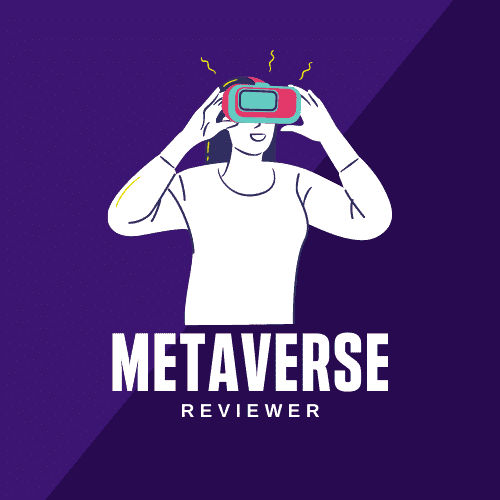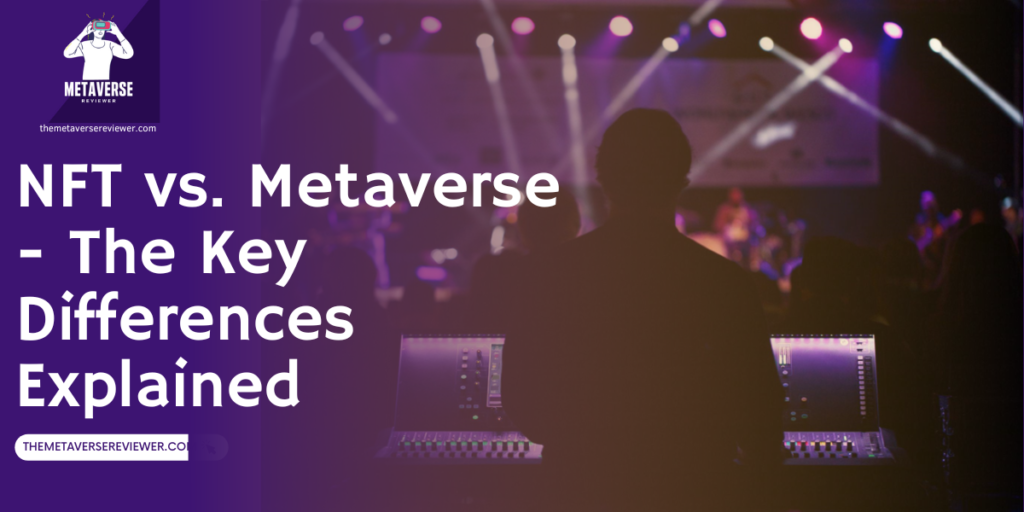| Characteristic |
NFT |
Metaverse |
| Definition |
A digital asset that represents ownership of a unique item. |
A hypothesized iteration of the internet, supporting persistent online 3-D virtual environments. |
| Technology |
Blockchain |
Blockchain, augmented reality, virtual reality |
| Purpose |
To prove ownership of digital assets. |
To create a more immersive and engaging online experience. |
| Examples |
Digital art, music, videos, virtual land, in-game items, collectibles |
Virtual worlds, games, social platforms, workplaces |

